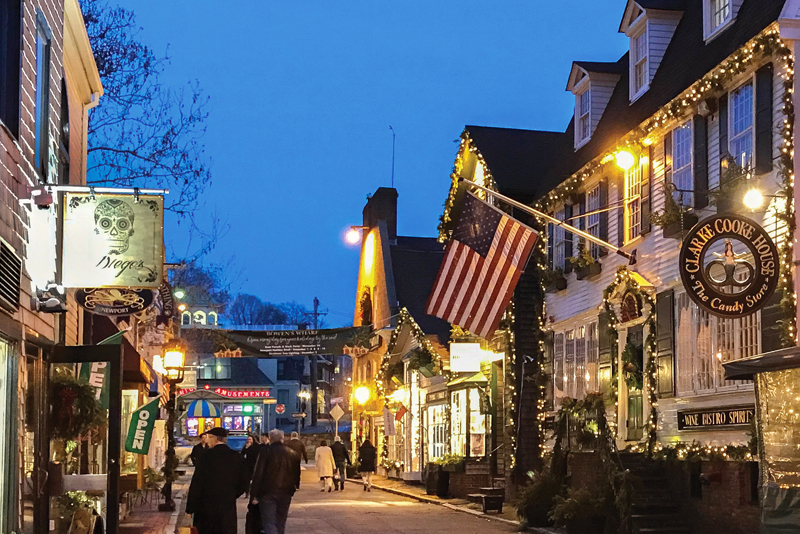Holidays in the United States with International Origins
The United States is a tapestry of cultures, and nowhere is that more evident than in the holidays that trace their roots to lands far beyond its borders. Each holiday carries an origin story, a set of early traditions, a journey into American life, and a modern celebration that often inspires travel.
St. Patrick’s Day

St. Patrick’s Day began in Ireland in the 5th century as a solemn feast day honoring St. Patrick, the missionary bishop credited with spreading Christianity across the island. It was marked by church services and modest family gatherings rather than the revelry seen today. Irish immigrants brought the holiday to the U.S. in the 18th century, with New York hosting the first recorded parade in 1762. Over time, the celebration transformed into a vibrant display of Irish pride, featuring parades, music, and the color green. Today, travelers flock to cities like New York, Boston, Chicago, and Savannah to witness massive parades, river dyeing, and cultural festivals.
Mardi Gras
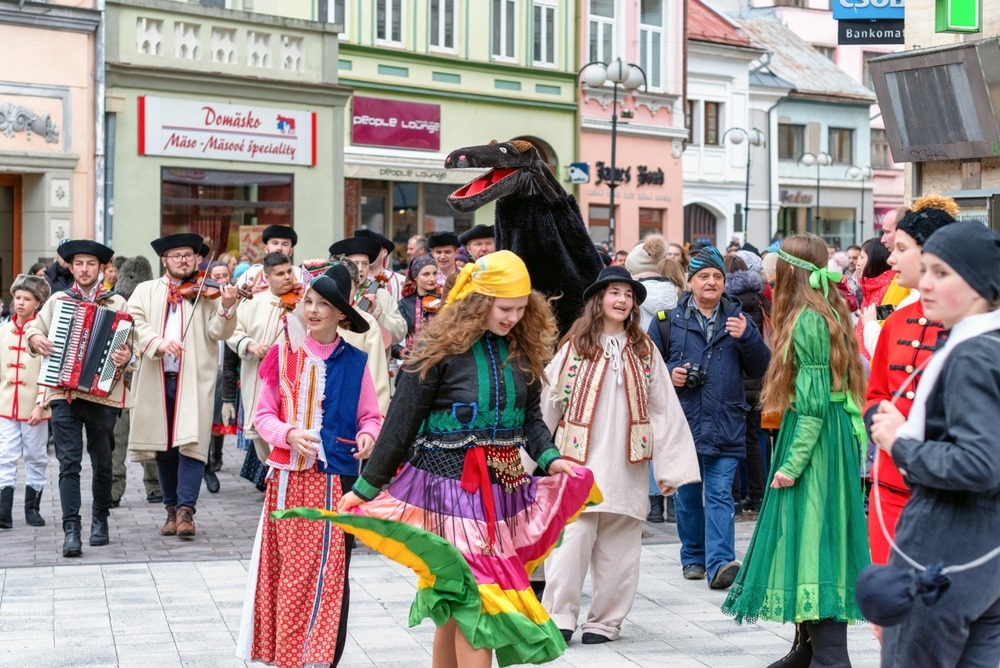
Mardi Gras traces its origins to Catholic Europe, where it marked the last day of indulgence before Lent. The French brought Mardi Gras to the Gulf Coast, where Mobile, Alabama, hosted the first U.S. celebrations. New Orleans later developed the elaborate parades, krewes, and masked balls that define the holiday today. Visitors from around the world travel to New Orleans each year to experience the multi-week festivities, complete with colorful floats, bead-throwing, and king cakes, while Mobile and Galveston also attract crowds with their historic traditions.
Halloween

Halloween began with the Celtic festival of Samhain, a harvest celebration that marked the transition from summer to winter and was believed to blur the line between the living and the dead. With the Christianization of Europe, Samhain merged with All Hallows’ observances. Irish and Scottish immigrants brought these customs to the U.S. in the 19th century, where they evolved into community gatherings and eventually trick-or-treating. Today, Halloween is celebrated with costumes, haunted houses, and elaborate decorations. Travelers often visit Salem, Massachusetts, or Sleepy Hollow, New York, to immerse themselves in historic and spooky festivities, while theme parks in Orlando and Los Angeles host world-renowned haunted events.
Valentine’s Day
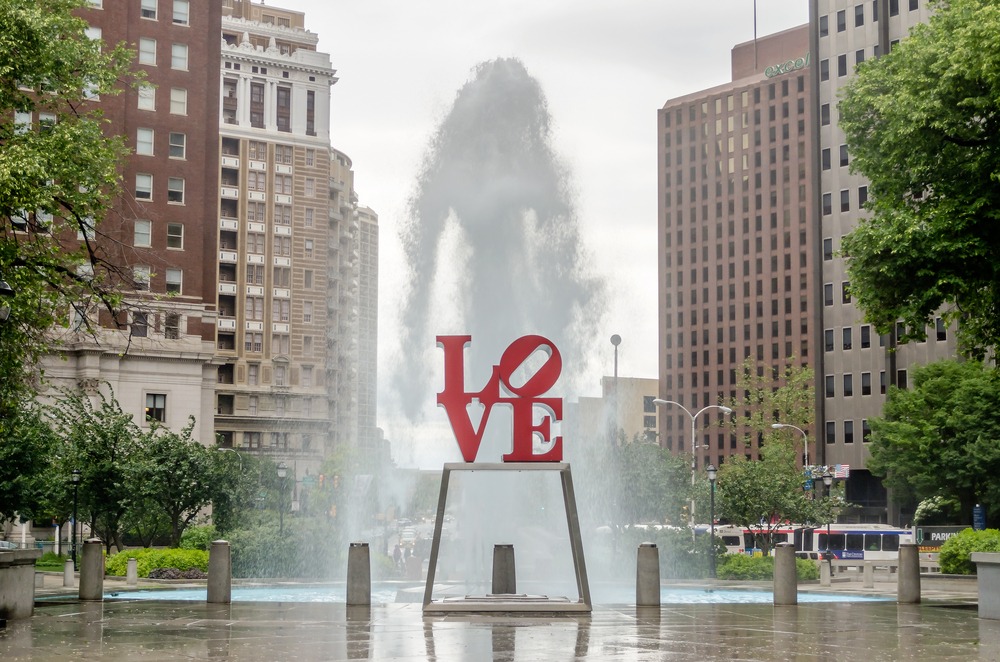
Valentine’s Day finds its roots in a blend of Roman and medieval European traditions, merging the feast of St. Valentine with the rise of courtly love. It was initially a modest exchange of handwritten notes and tokens of affection. In the U.S., the commercialization of Valentine’s Day exploded in the Victorian era with mass-produced cards. Today, couples celebrate with gifts, flowers, and romantic getaways. Popular travel destinations include Napa Valley for wine tours, Charleston and Savannah for historic charm, and luxury resorts offering spa retreats.
Christmas
Christmas blends Christian celebrations of the Nativity with European winter customs. Early American attitudes varied widely, with Puritans in New England banning festivities while German and Dutch immigrants introduced traditions like Christmas trees and Sinterklaas. By the 19th century, Christmas had evolved into the family-centered holiday recognized today. Travelers often seek festive experiences in New York City at Rockefeller Center, in Chicago at the Christkindlmarket, or in small towns like Leavenworth, Washington, and Bethlehem, Pennsylvania, known for their “Old World” charm.
Easter
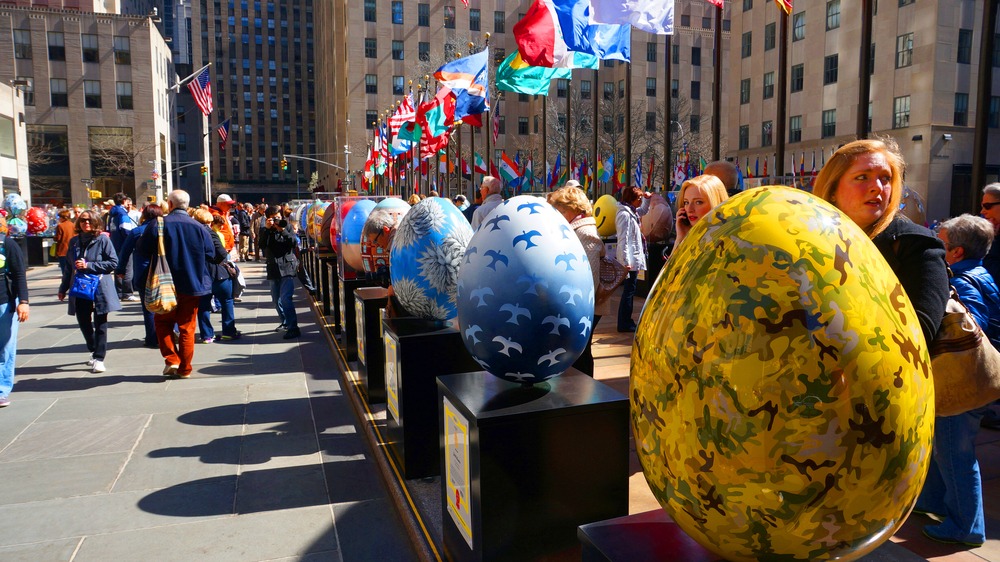
Easter, the oldest Christian holiday, celebrates the resurrection of Jesus and absorbed many European spring customs like eggs and hares. Immigrants brought these traditions to the U.S., and they grew into family-friendly celebrations with egg hunts and sunrise services. Modern travelers enjoy garden tours, cherry blossom festivals in Washington, D.C., and visits to estates like Biltmore in North Carolina to view grand floral displays.
Hanukkah
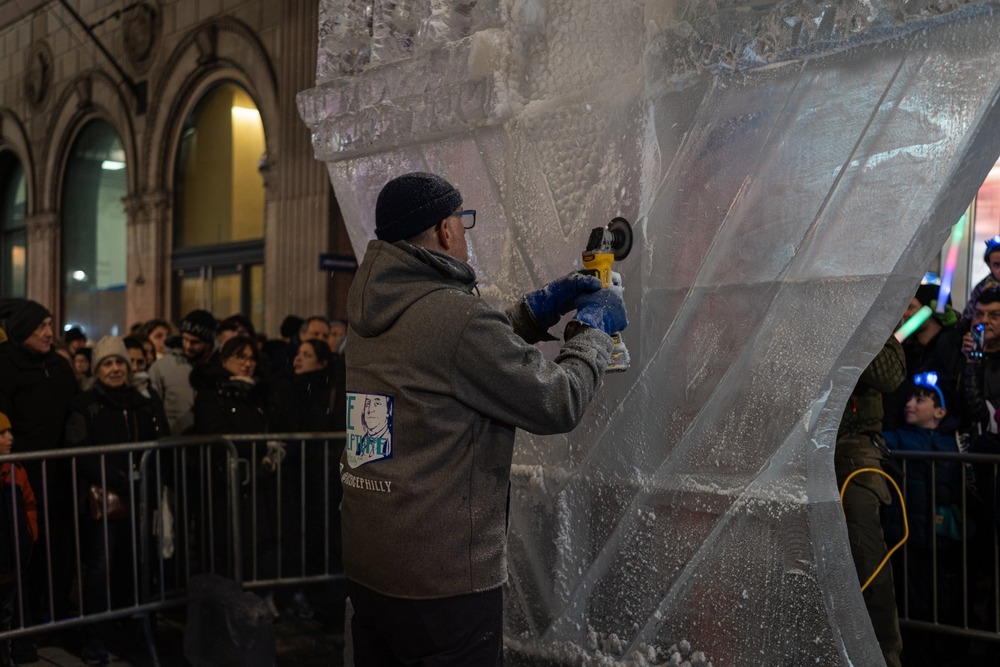
Hanukkah commemorates the rededication of the Second Temple in Jerusalem during the Maccabean Revolt. Originally a home-centered festival, Jewish immigrants brought the holiday to the U.S., where it grew more prominent in the 20th century. Today, Hanukkah features menorah lightings, latkes, and community events. Travelers often head to major cities like New York, Miami, and Los Angeles for large public celebrations and cultural exhibits.
Lunar New Year
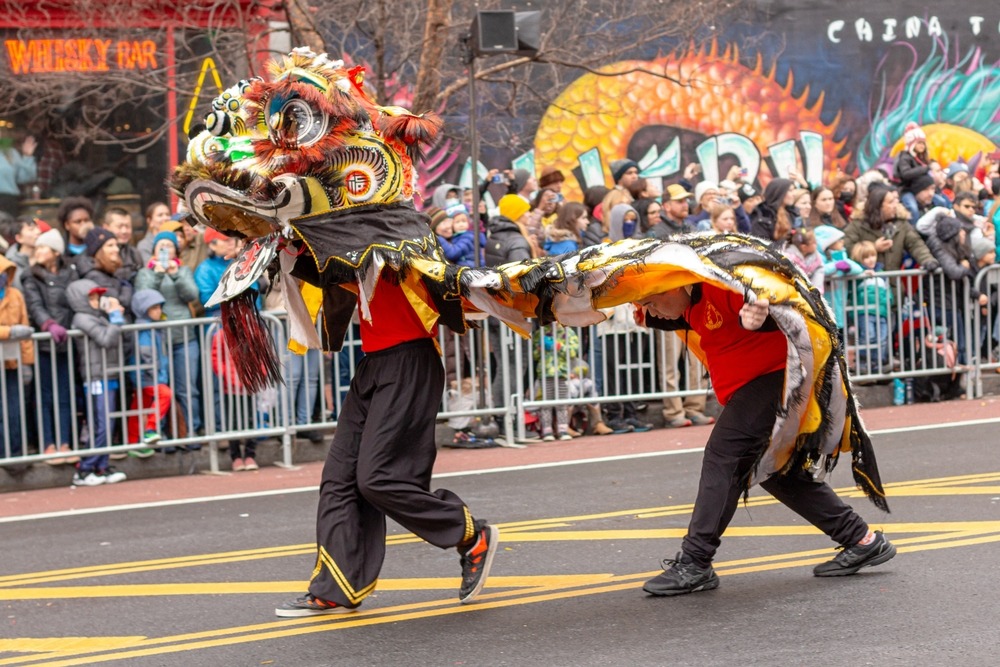
Lunar New Year began in ancient China as a celebration tied to the lunar calendar and the zodiac. Immigrants brought the traditions—ancestor worship, red envelopes, and dragon dances—to the U.S. in the 19th century, where they took root in Chinatowns. Today, massive parades, cultural festivals, and night markets attract visitors to San Francisco, Los Angeles, and New York, while Houston and Orange County offer authentic Tet and Lunar New Year experiences.
Cinco de Mayo
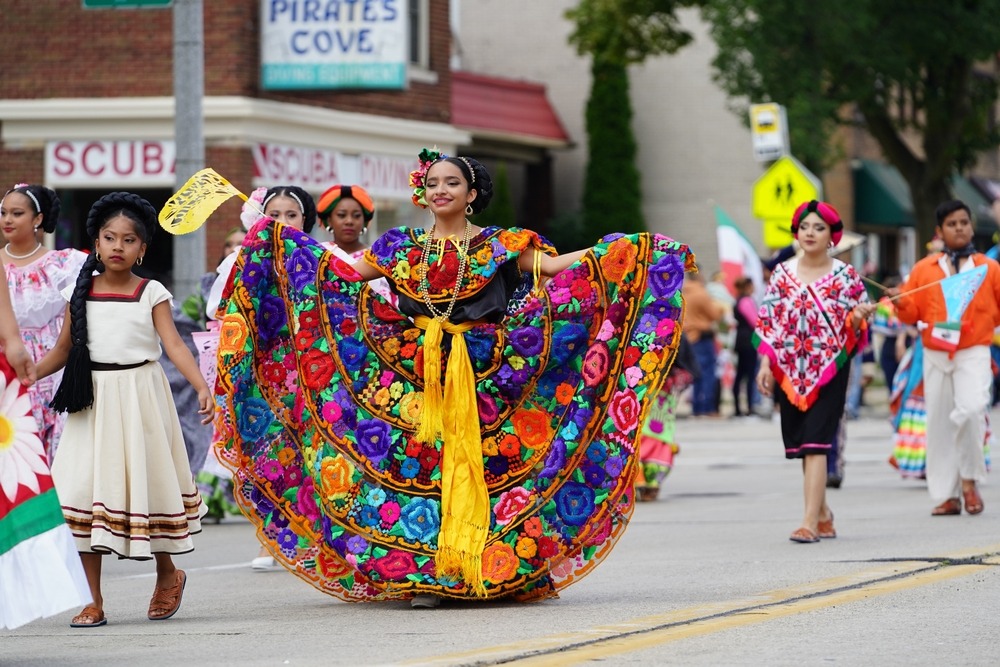
Cinco de Mayo marks Mexico’s victory over French forces at the Battle of Puebla in 1862. While in Mexico it is largely a local observance, Mexican Americans in the U.S. embraced the day as a celebration of cultural pride. Modern celebrations include parades, concerts, and festivals, drawing travelers to Los Angeles, San Antonio, and Chicago for vibrant street parties and heritage events.
Día de los Muertos
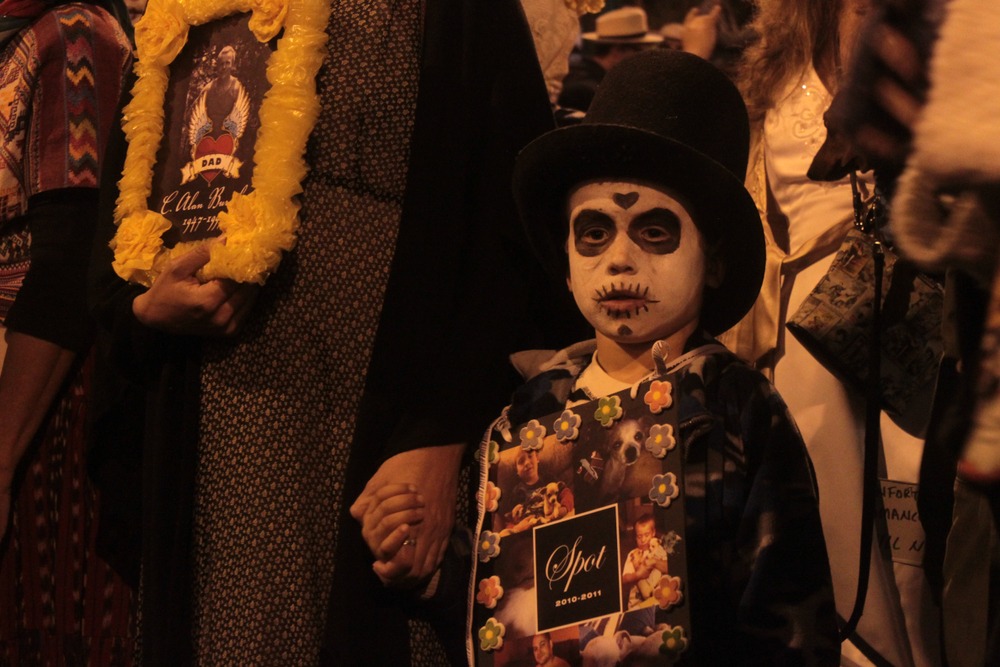
Día de los Muertos merges pre-Hispanic ancestor veneration with Catholic traditions. It spread to the U.S. with Mexican communities, where it now flourishes in cities across the Southwest. Altars, marigolds, and processions mark the holiday, and travelers visit Tucson for its All Souls Procession, San Antonio for its river-level ofrendas, or Los Angeles for colorful parades and community gatherings.
Diwali
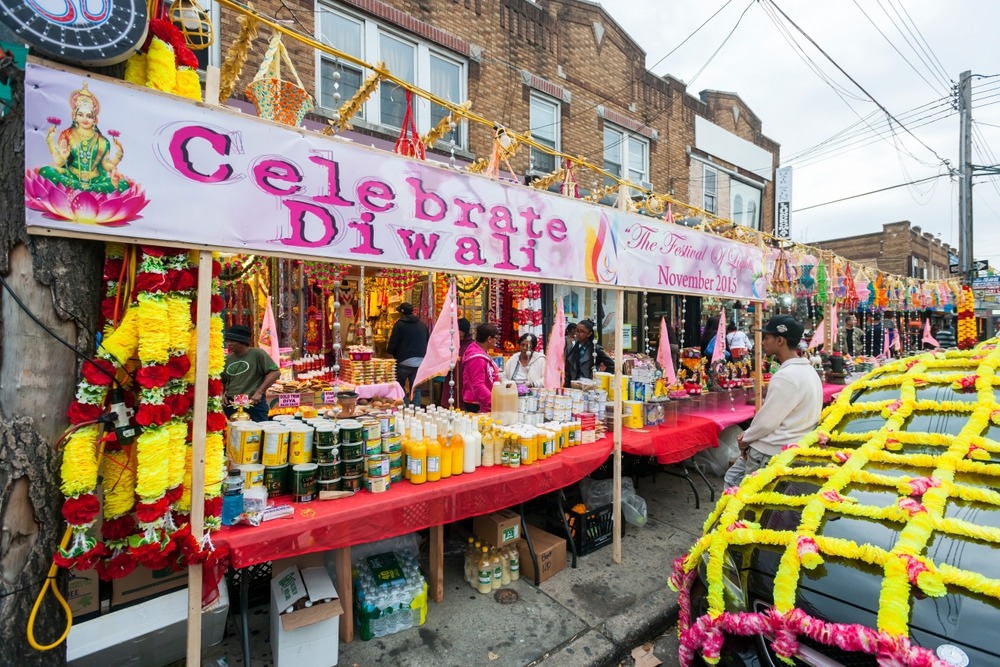
Diwali, the South Asian festival of lights, celebrates the triumph of light over darkness. It was brought to the U.S. by Indian immigrants and has grown into a vibrant celebration featuring fireworks, sweets, and cultural performances. Travelers flock to New Jersey’s Oak Tree Road, Times Square in New York, and temple communities in Atlanta and the Bay Area for large public festivals.
Holi

Holi, India’s festival of colors, marks the arrival of spring and the victory of good over evil. Traditionally celebrated with bonfires and color throwing, it arrived in the U.S. with the Indian diaspora. Today, Holi festivals take place in major cities, with Spanish Fork, Utah, hosting one of the largest events, drawing visitors nationwide for a joyful weekend of music, dance, and color.
Ramadan and Eid al-Fitr
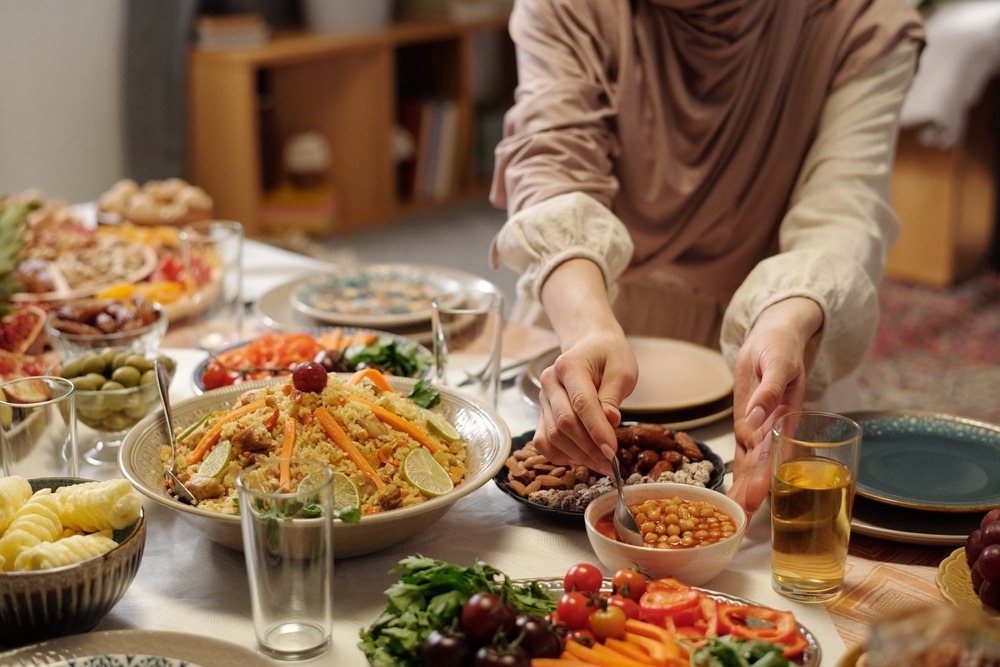
Ramadan and Eid al-Fitr, central to Islam, entered the U.S. through early African Muslims and later waves of immigration. Ramadan is observed with fasting, prayer, and charity, culminating in Eid al-Fitr feasts. Modern celebrations feature communal iftars and citywide Eid festivals, with Dearborn, Michigan, Houston, and New York City offering some of the most vibrant gatherings and food scenes for visitors.
Nowruz

Nowruz, the Persian New Year, celebrates the spring equinox and renewal. It came to the U.S. with Iranian and Central Asian communities, who have kept traditions like haft-seen tables and poetry readings alive. Today, cities like Los Angeles, Washington, D.C., and New York host concerts, parades, and festivals that attract travelers eager to experience Persian culture.
Oktoberfest
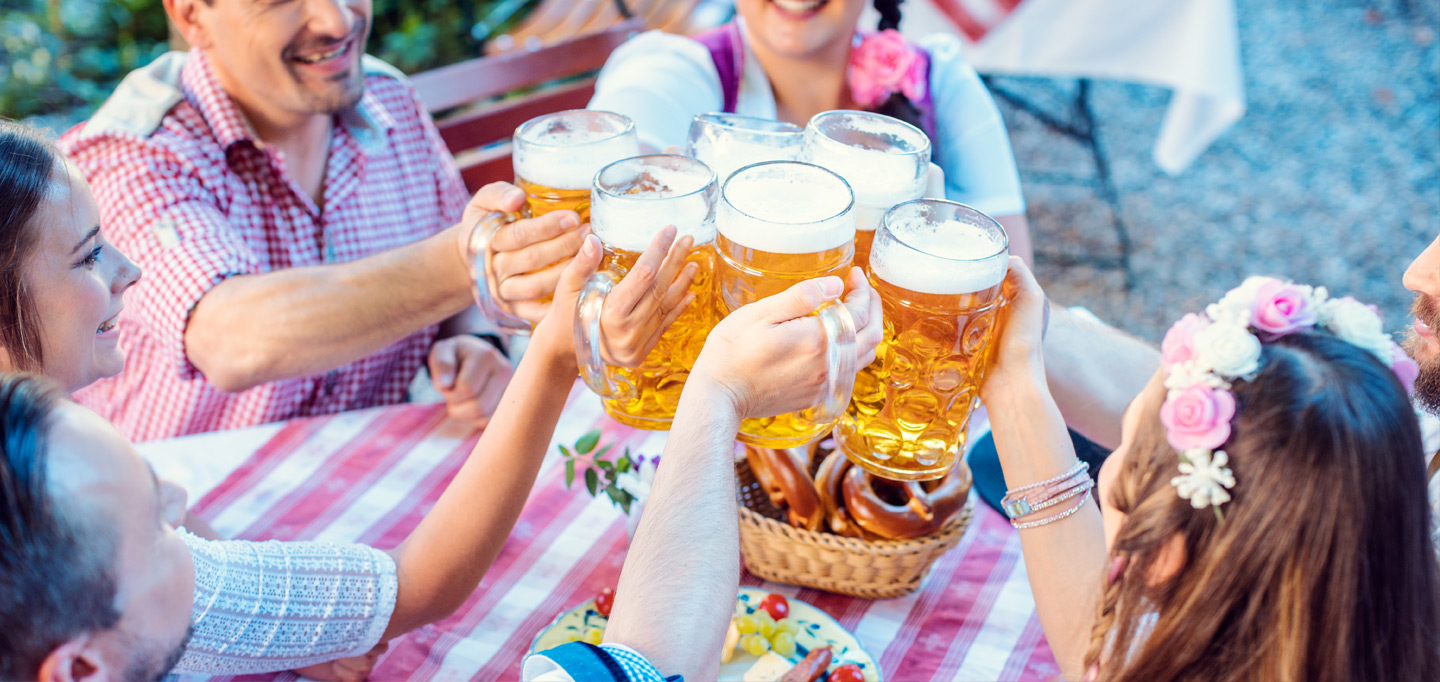
Oktoberfest originated in Bavaria in 1810 to celebrate a royal wedding and became an annual harvest festival. German immigrants brought the tradition to America, where it took hold in communities nationwide. Today, cities like Cincinnati, La Crosse, and Helen, Georgia, host massive Oktoberfest celebrations filled with beer, pretzels, and music, making them popular fall travel destinations.
Passover
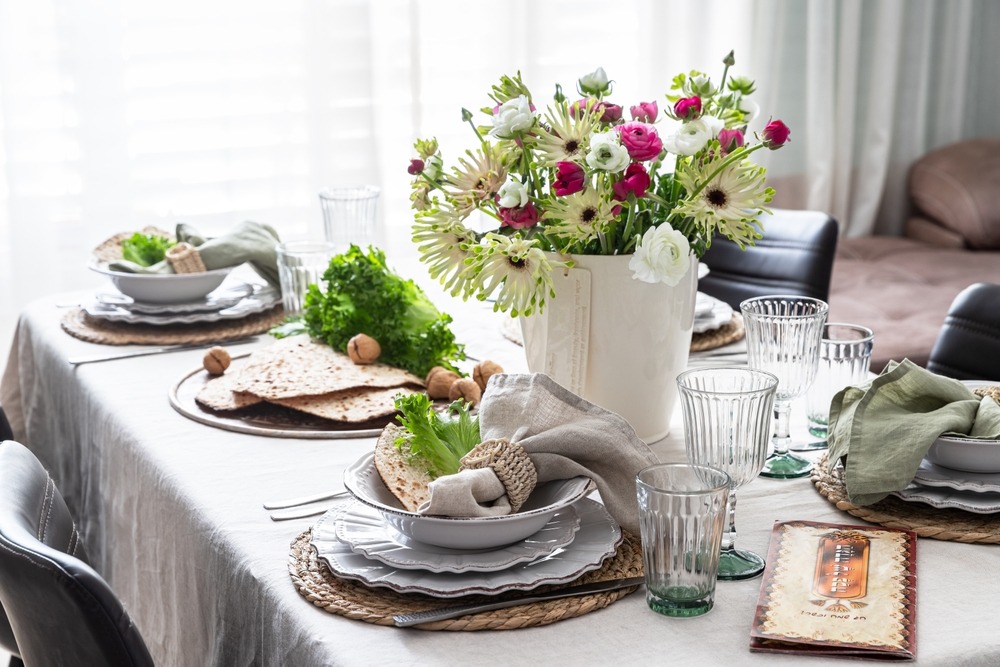
Passover commemorates the Exodus of the Israelites from Egypt and has always been centered on the family Seder meal. Jewish immigrants brought the traditions to the U.S., where they continue to thrive. Modern Passover often includes destination Seders at resorts in Florida, the Southwest, and the Catskills, making travel a significant part of the holiday for many families.
Mid-Autumn Festival

The Mid-Autumn Festival, a harvest celebration in East Asia, is marked by mooncakes, lanterns, and family reunions. Immigrants introduced the holiday to the U.S., and it now lights up Chinatowns in cities like San Francisco, New York, and Houston. Travelers visit these areas to enjoy lantern parades, lion dances, and authentic regional foods.
Rosh Hashanah and Yom Kippur
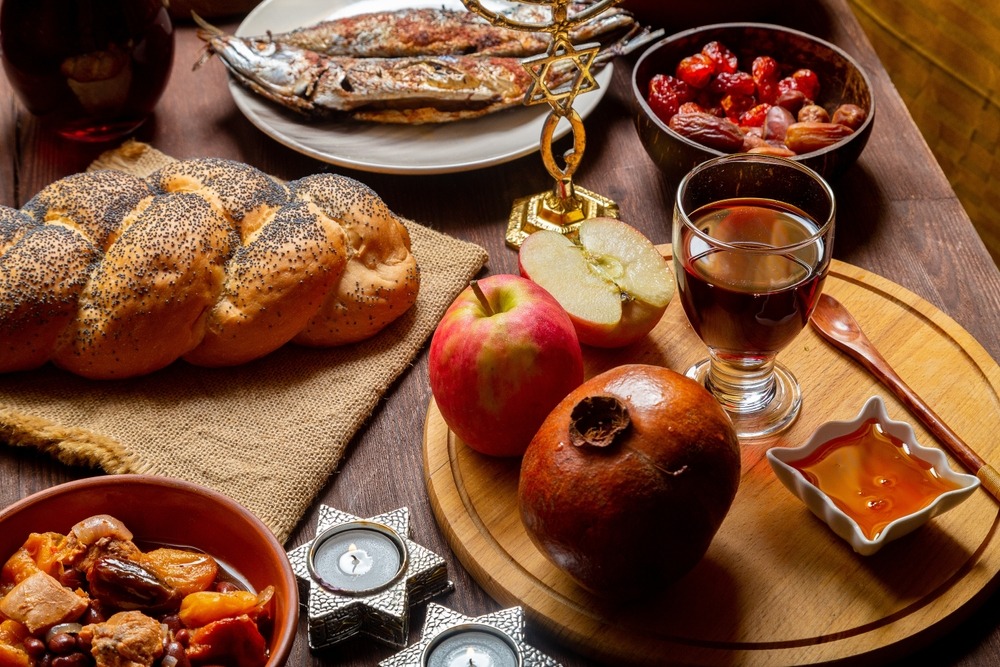
The Jewish High Holy Days, Rosh Hashanah and Yom Kippur, have deep biblical roots. Jewish immigrants brought their observances to the U.S., where synagogue attendance and family gatherings remain central. Modern travel often involves reuniting with family or visiting significant Jewish communities for reflective and meaningful services.
The Cultural Journey
Together, these holidays demonstrate how the U.S. absorbs and reshapes the world’s celebrations. Their origins explain the symbolism and traditions, while their evolution in America reflects immigration, identity, and adaptation. Today, they provide a vibrant calendar of travel opportunities, inviting people to explore cultural parades, public festivals, and historic neighborhoods that tell the story of global traditions thriving on American soil.



